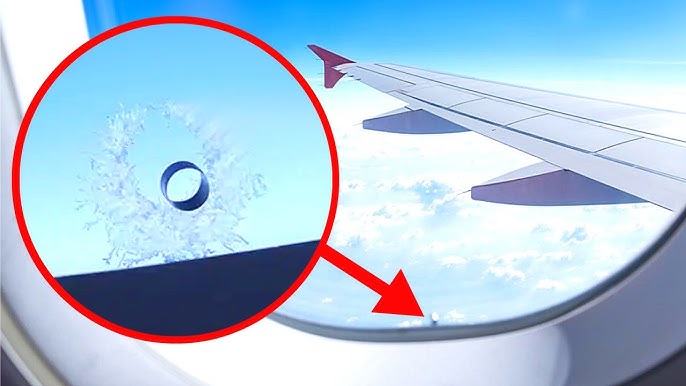
Those who frequently sitting by the window on airplanes are probably familiar with the small hole at the bottom of the window—a tiny hole that plays vital role in the engineering design of airplanes.
The small hole in airplane windows helps maintain safe air pressure inside the cabin and releases moisture, preventing the windows from fogging up.

As the airplane ascends, the air pressure falls off. The air pressure outside is significantly lower than inside the plane, creating harmful physical effects on the airplane window.
Airplane windows comprise three separate panes (outer, middle, and inner). The small hole in the middle pane, also known as a “bleed hole,” helps balance the air pressure between the cabin and the small gap between the middle and outer panes.

This means the outer pane takes on the full pressure, while the middle pane acts as a safety backup.
The inner pane doesn’t suffer any pressure but helps protect the middle and outer panes from damage that could be caused by passengers.
The “bleed hole” also releases moisture, preventing the windows from fogging up.
The post Why do airplane windows always have a small hole? appeared first on Timeless Life.



